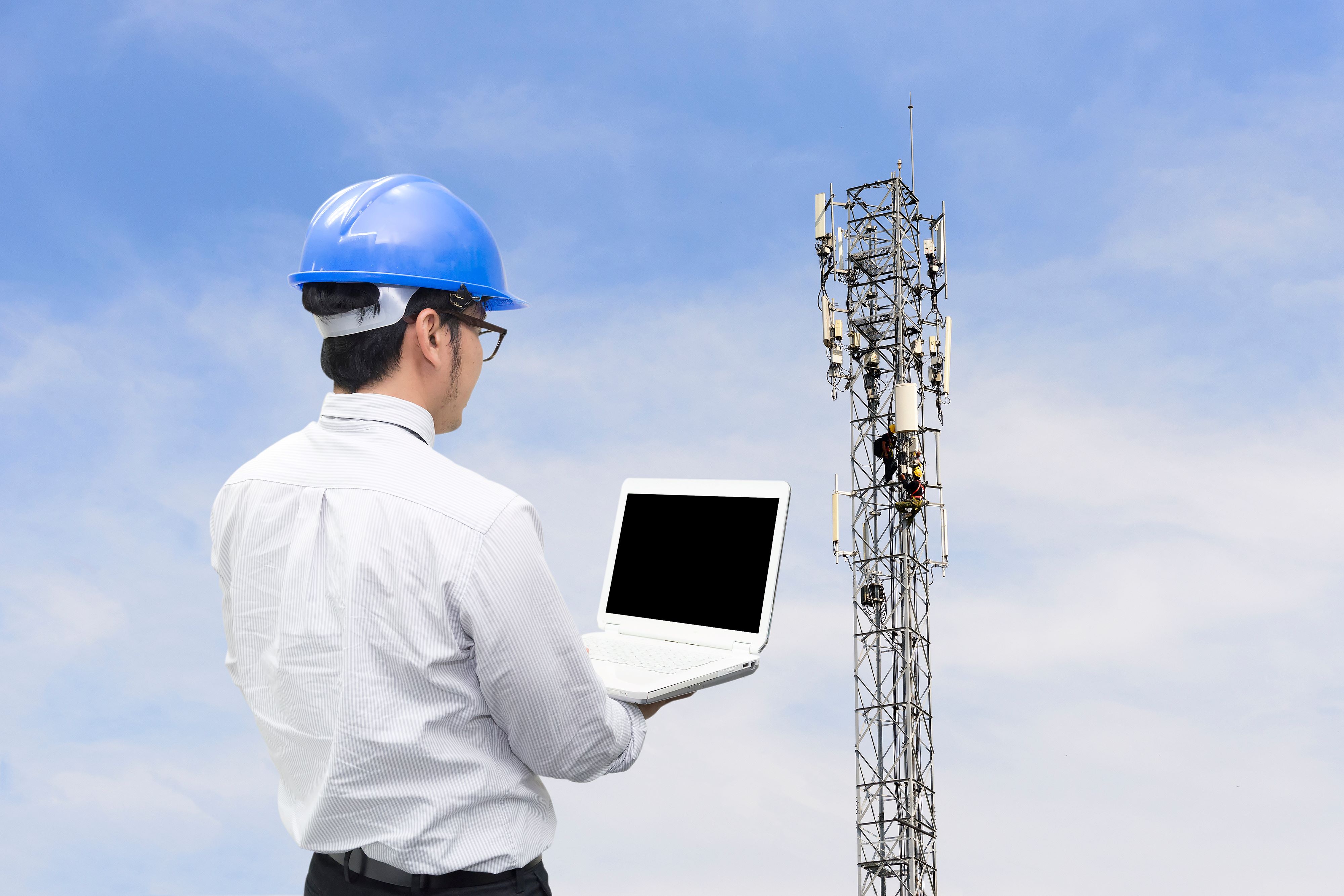5G NR Air Interface Training
5G NR delivers significantly faster and more responsive mobile broadband experiences. It extends mobile technology to a multitude of new industries. This course introduces 5G air interface and associated technologies.

Why Take This Course?
- Enhance your industry knowledge and skills by gaining a greater understanding of the 5G air interface.
- Train with engineers at Qualcomm Technologies – a world leader in 5G technology and wireless engineering.
- Participate in a professional development opportunity you can display on your resume/CV and LinkedIn profile.
Course Outline:
- Introduction to 5G new radio
- NR protocol
- SYNC signals
- RACH
- Reference signals
- Control channels
- Data channels
- Mobility
- Beam management
- Discussion of bandwidth part
Prerequisites:
- LTE overview knowledge
- LTE Advanced technical overview knowledge
Objectives:
- Discuss the motivations for 5G NR and the technologies that enable the NR air interface, define 5G NR waveforms and scalable numerologies, review the 5G NR bandwidth, discuss the slot-based frame structure of 5G NR, explain Bandwidth Part (BWP) in 5G NR, and identify the role of beam sweeping in the 5G NR air interface.
- Introduce the protocol layer in NR, compare protocol layer characteristics and enhancements with LTE, review functions and modes for each sublayer.
- Describe the purpose and the details of synchronization signals, compare the synchronization signals of LTE and 5G NR, explain how system information is delivered in stand-alone (SA) and non-standalone (NSA) operation modes.
- Discuss RACH procedures and introduce elements new to NR, describe PRACH configuration and preamble types supported in NR, and outline details for MSG-1 through MSG-4.
- Describe the motivation for reference signals, compare RS in LTE and 5G, outline the details of CSI-RS configuration and resources, describe Demodulation Reference Signals (DMRS) resources for data transmission, explain the motivations and configuration of Phase Tracking Reference Signals (PTRS), describe Tracking Reference Signals (TRS).
- Compare LTE Control Channels with 5G NR, explain CORESET for PDCCH, describe the Downlink Control Information (DCI) formats in 5GNR, outline short and long PUCCH formats.
- List key differences between 4G LTE and 5G NR data channels, discuss UL/DL transmission schemes including grant free UL data transmission, identify the importance of CSI reporting and feedback, describe UL/DL scheduling including resource allocation, outline the Hybrid Automatic Repeat Request (HARQ) design and process, discuss UL Power Control, outline paging procedures for NSA and SA modes.
- Differentiate Cell-Level and Beam-Level mobility procedures, explain the impact of beams in cell-level mobility, discuss Beam Management procedures for: Initial Beam Selection, Beam Switching, and Beam Failure Detection and Recovery, introduce transmission configuration indicator (TCI) states and how they are used during beam switching.
- List key motivations for a BWP, explain how BWP is configured, identify the impacts of multiple SSBs in different BWP.
***NOTE: This course is taught through our eLearning platform, so you may learn online and at your own pace. You will have access to all course material for one year from your date of purchase. If you are interested in live training for a group of at least 15 people, please contact us via the “Request Training” form at the top of the page.